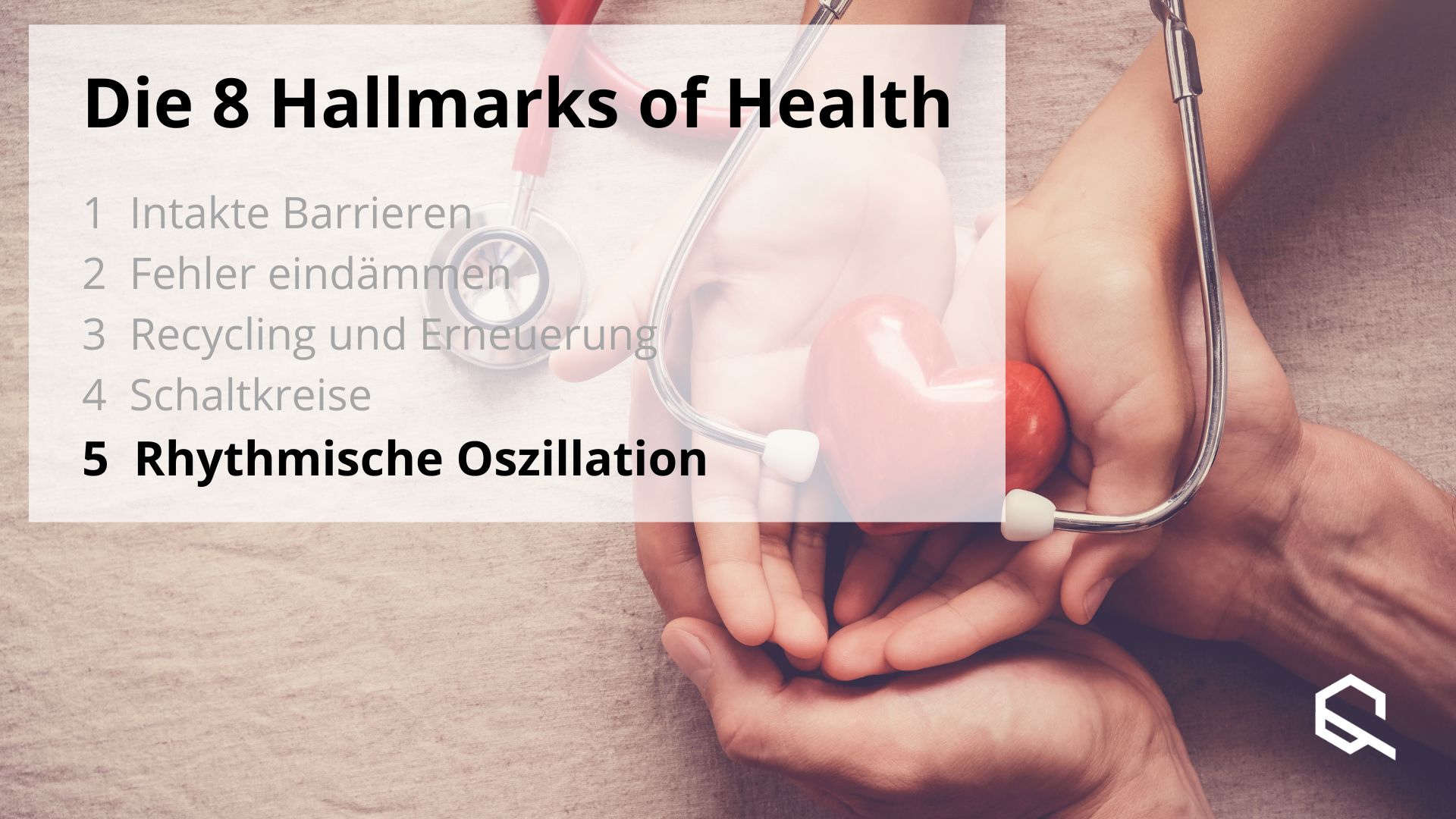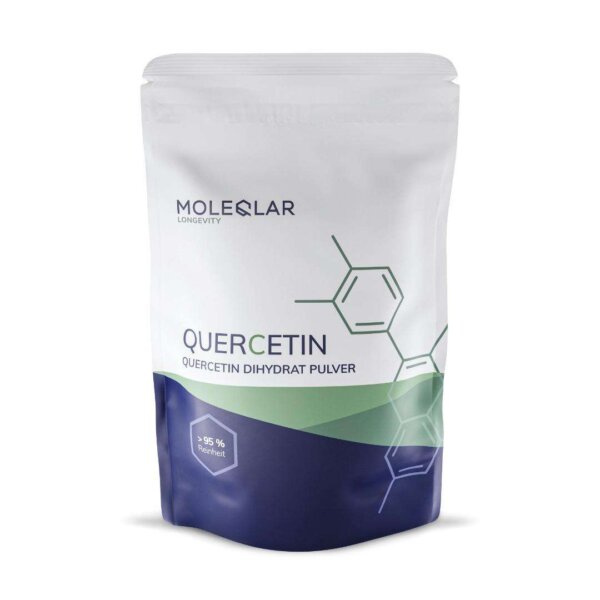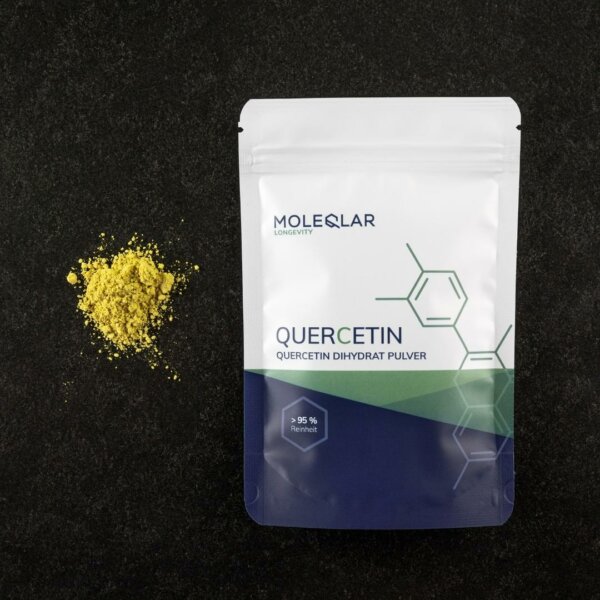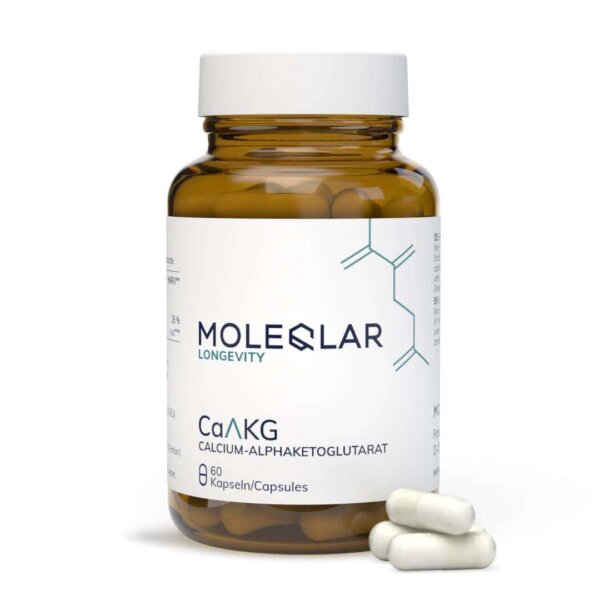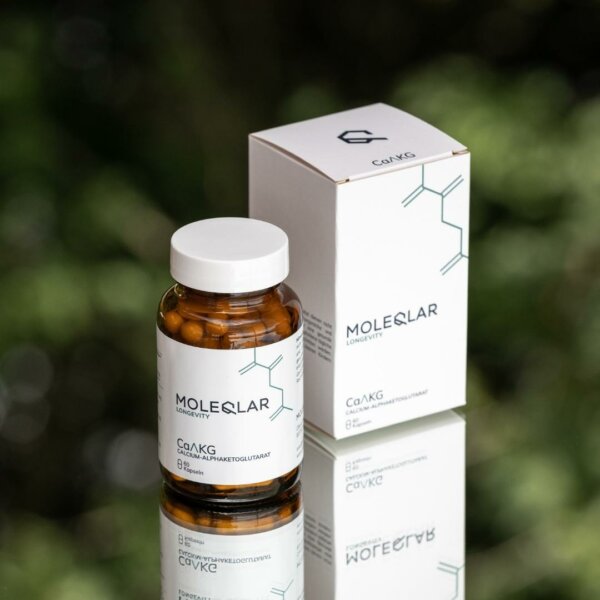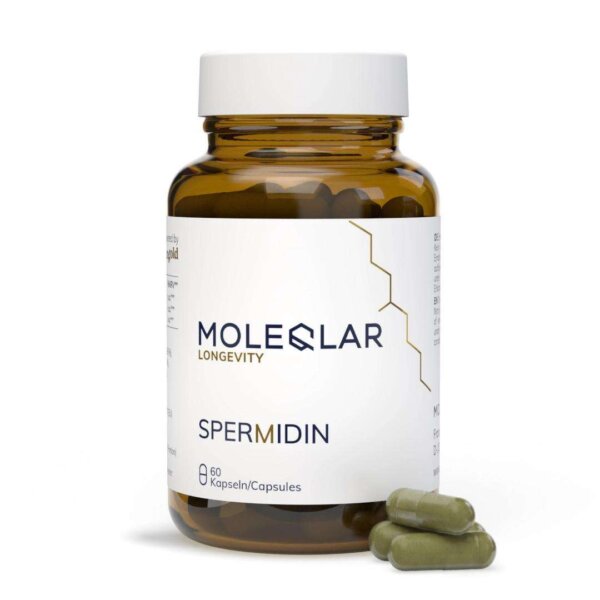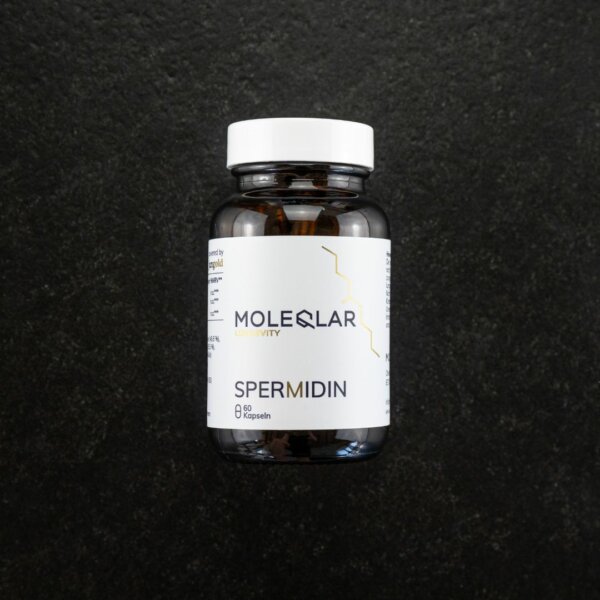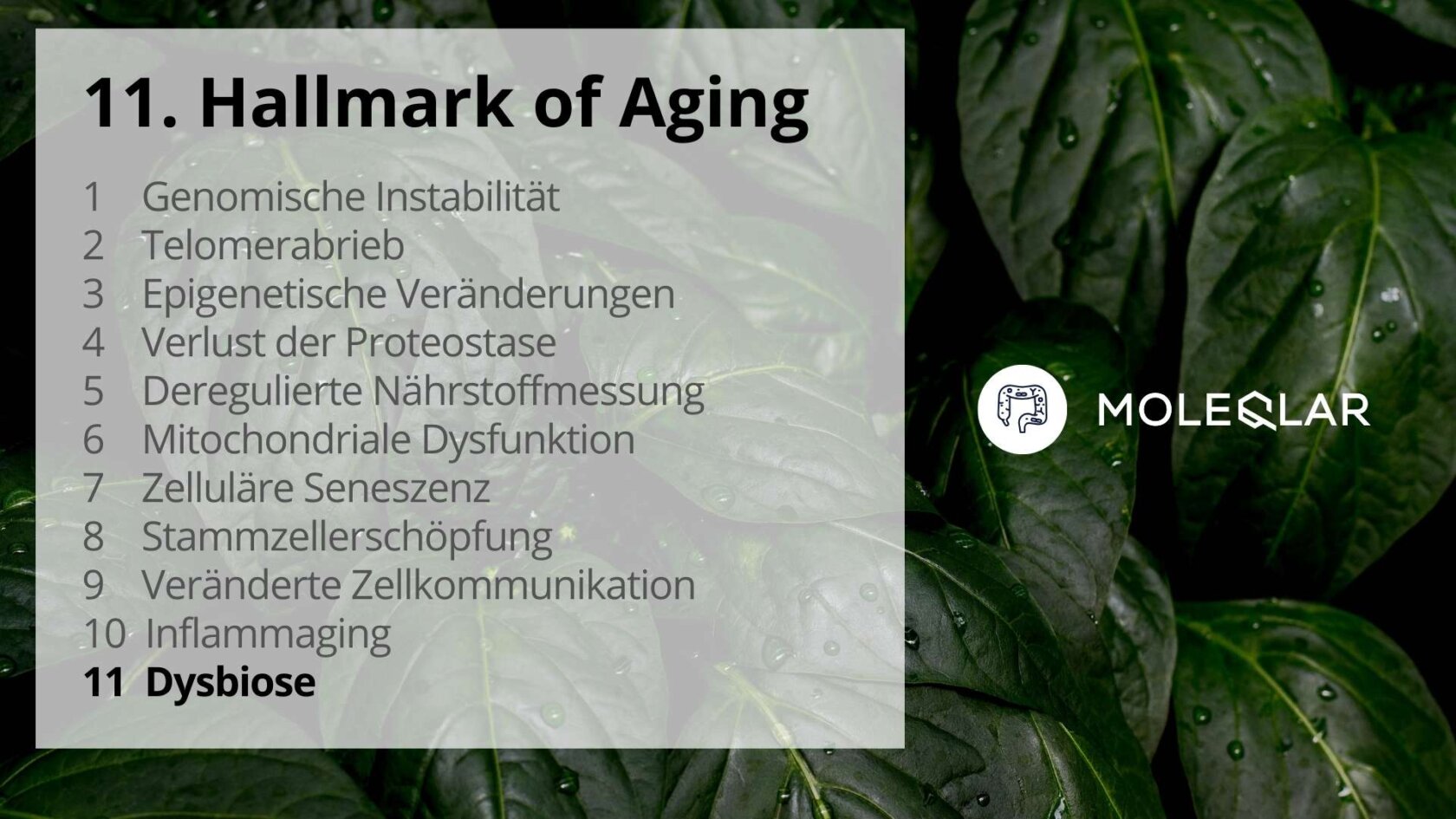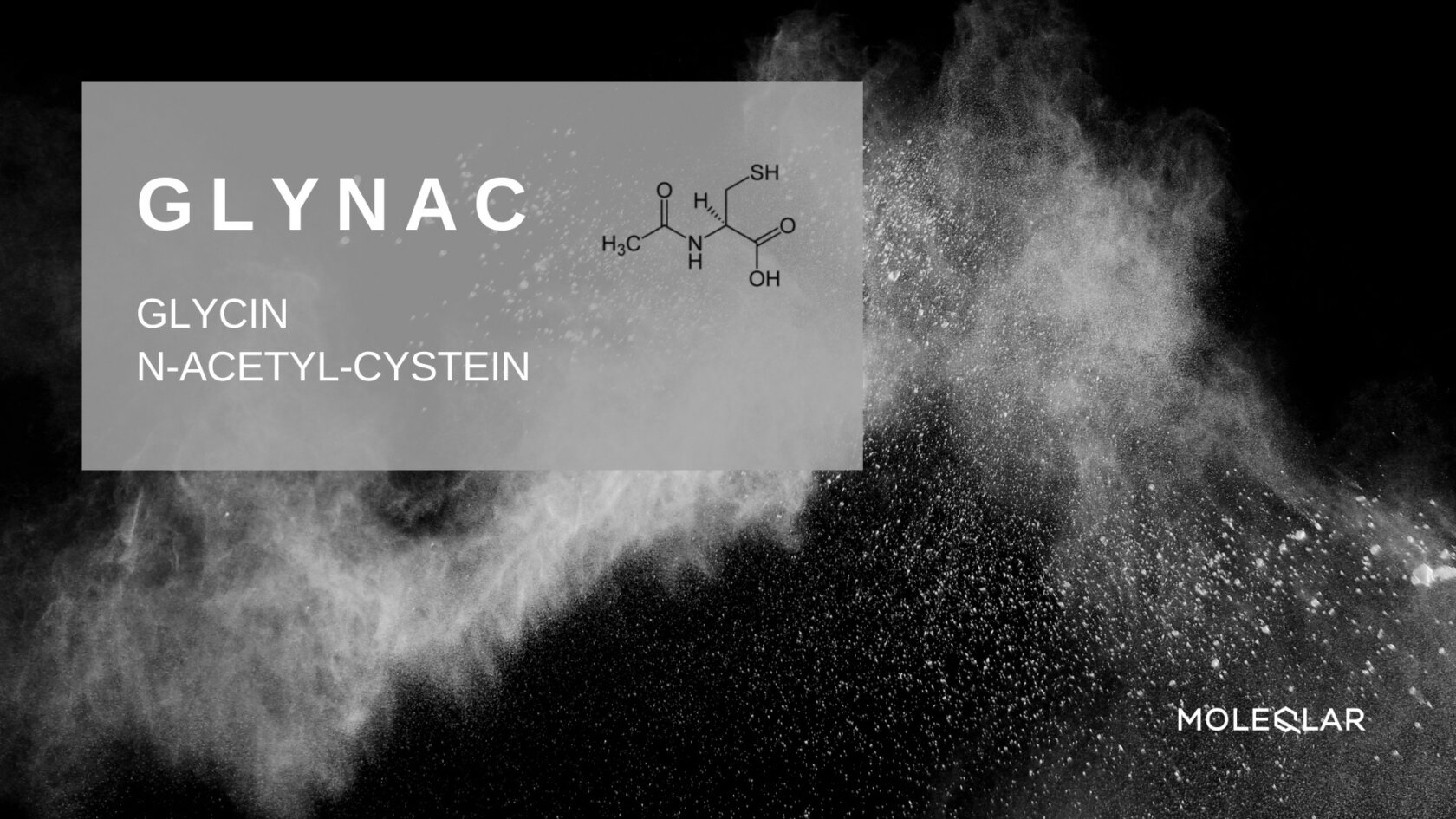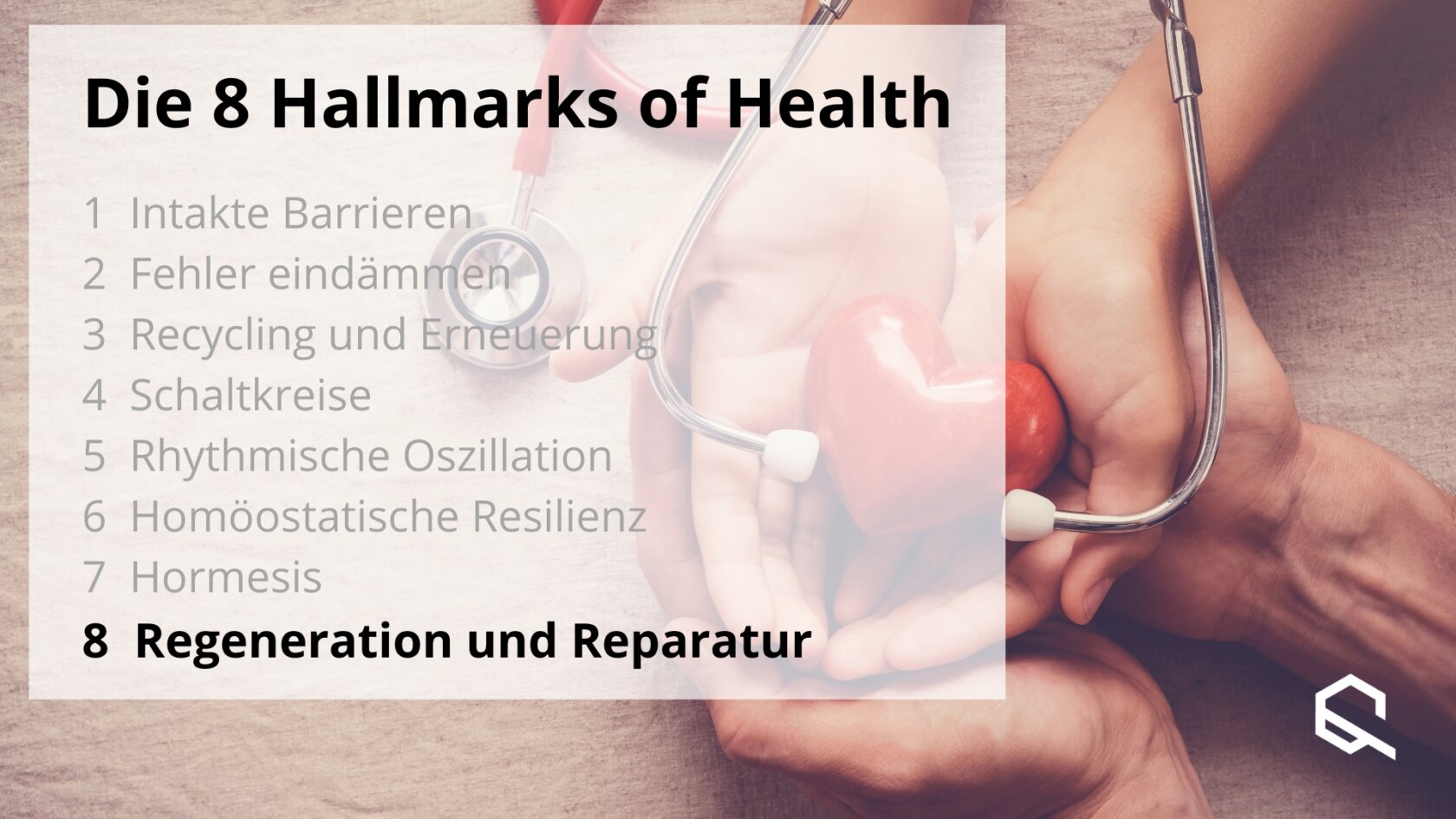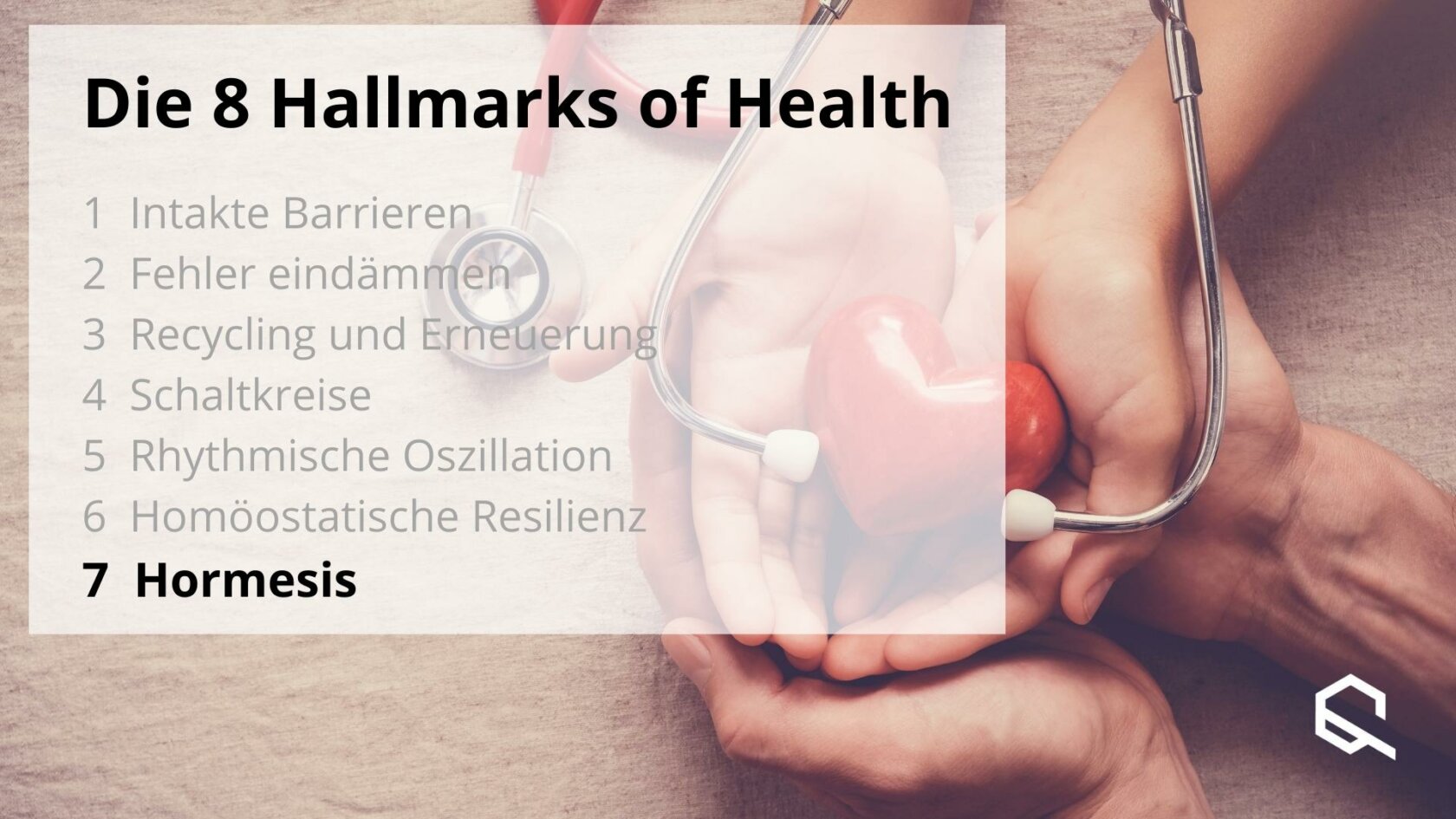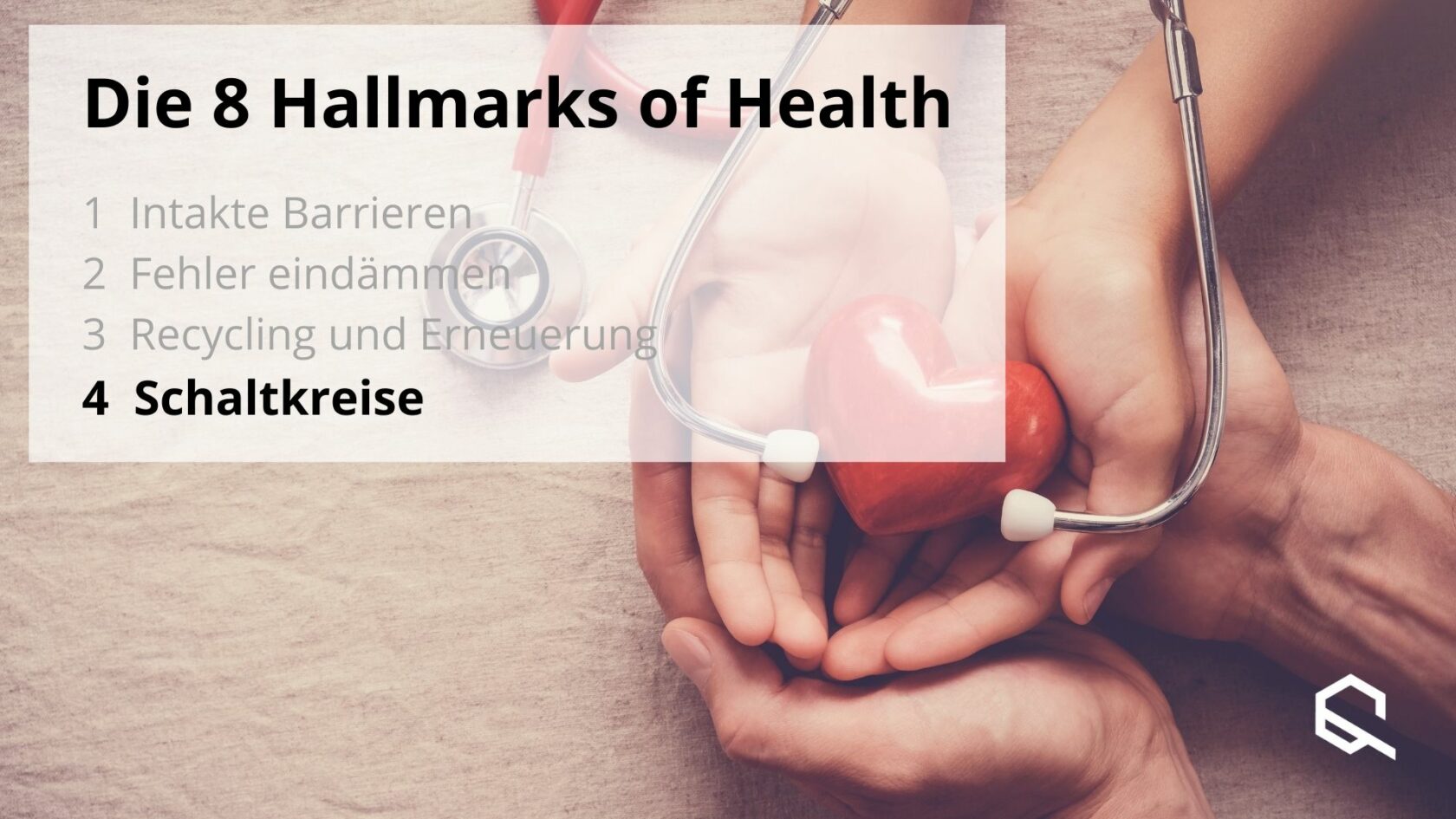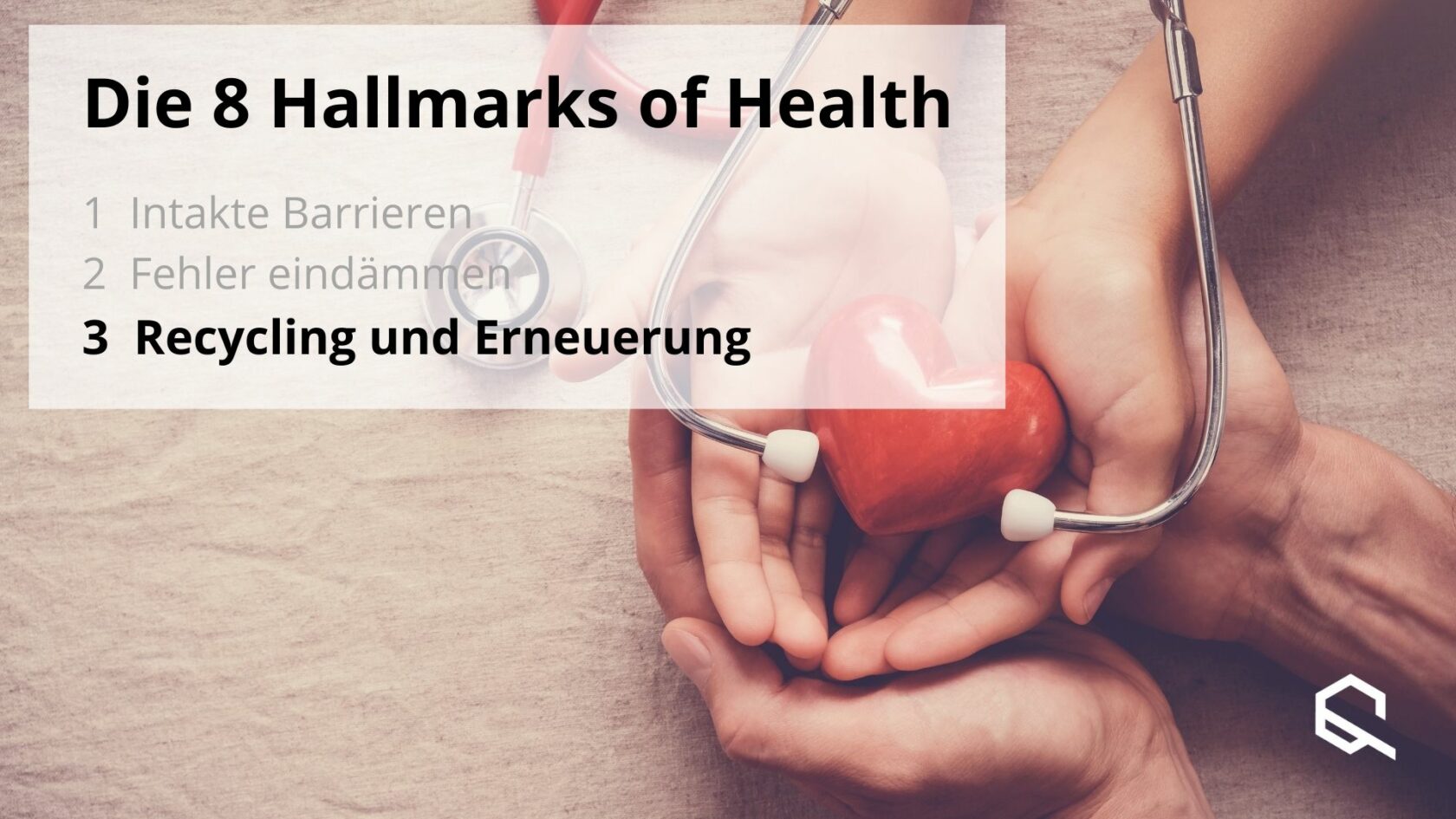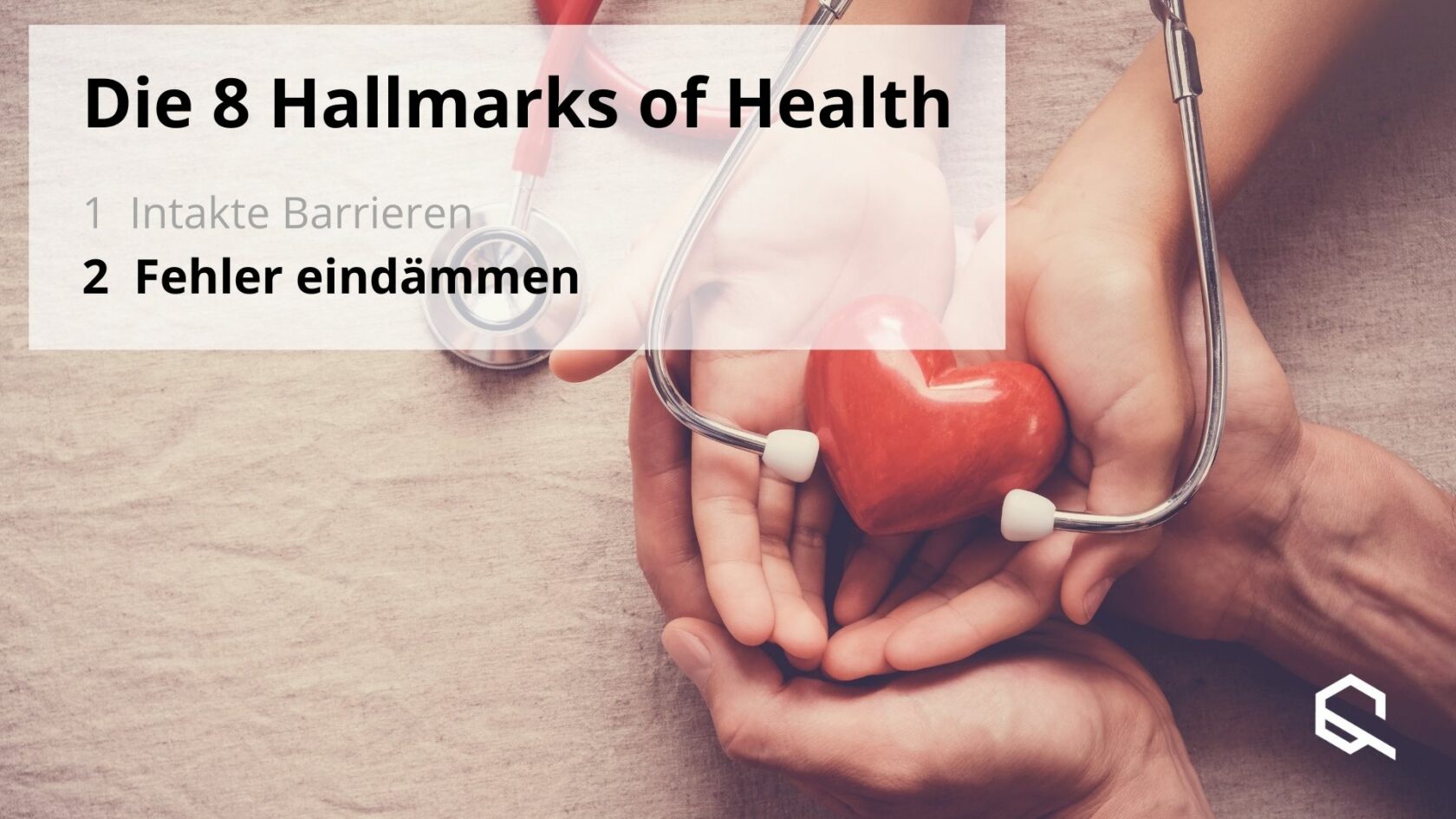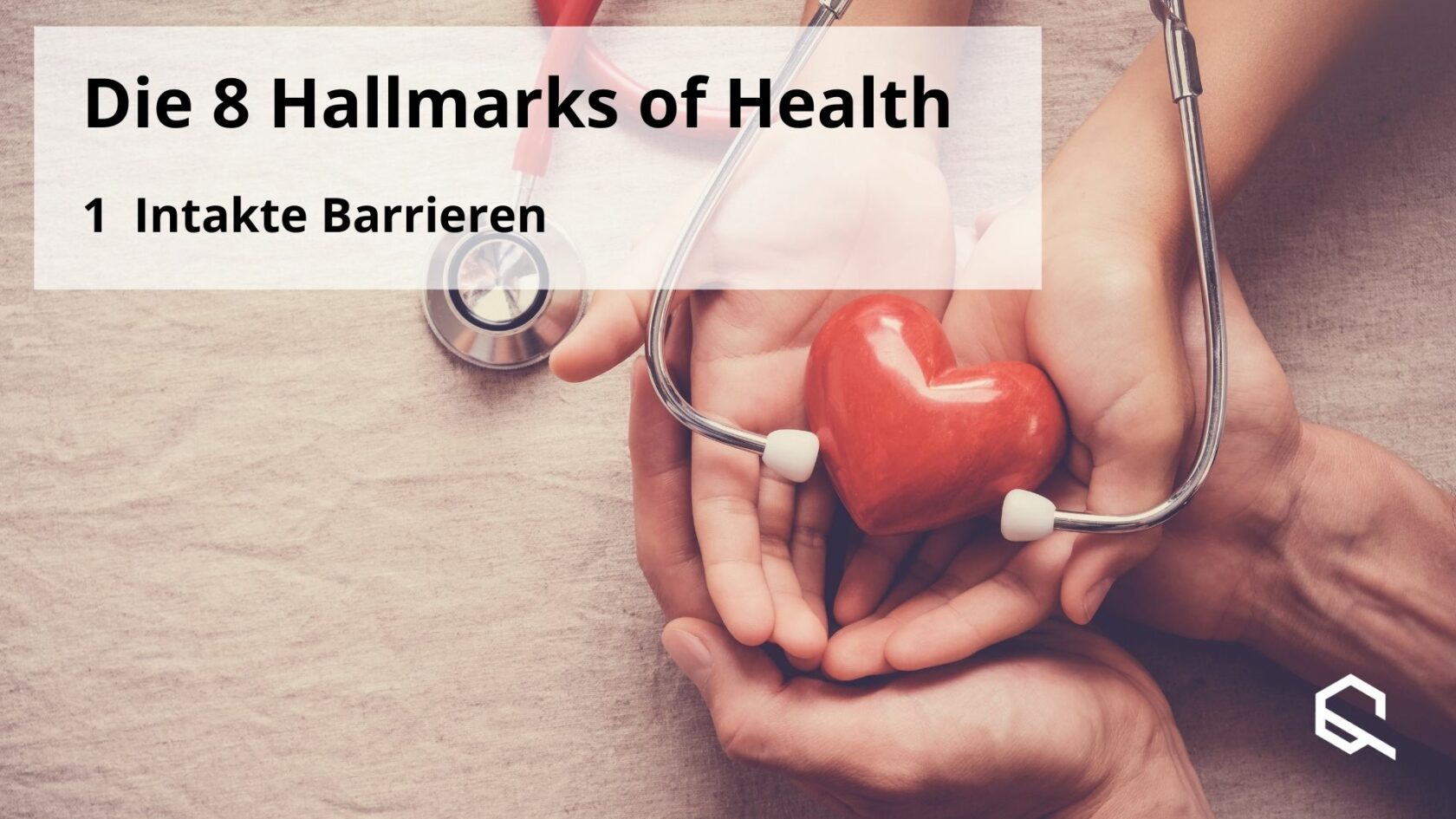"If you have a good sleep rhythm, you feel fitter and are healthier." This wisdom does not come from somewhere. Sleep is an important tool for our body to recover, recharge and regenerate. But regularity and rhythm are also crucial and our bodies have many more processes that are subject to oscillation, which is essential for our body to function. There are ultradian rhythms, which last less than 24 hours and which include the heartbeat, for example. The sleep rhythm is one of the circadian rhythms and periods of more than 24 hours are called infradian rhythms - this includes, for example, the menstrual cycle.
" Here you can learn more about the circadian rhythm.
Rhythmic oscillations
Oscillations are regular vibrations that are omnipresent in our body. A noticeable example of this are rhythmically fluctuating hormone levels. But let's start on a small level first - in our nerve cells. Perhaps you have had an electroencephalogram (EEG)? This is a test used mainly in neurology to measure and visualise electrical activity in the brain. The representation of brain activity looks very rhythmic and regular. Depending on the activity, the speed of the oscillation in the brain changes.
The speed of our heartbeat also changes depending on physical activity. The heartbeat is one of the ultradian oscillations and - as you can imagine - is vital, just like the oscillation of brain activity. A slightly longer ultradian rhythm is the cell cycle, i.e. the division of our cells. Our cells divide and renew themselves again and again to repair possible damage and to keep the machinery of the body running.
Infradian rhythms play a much greater role in the animal and plant world than in humans, for example in the flowering times of certain plants or the change of coat in mammals. An important infradian oscillation in humans is the menstrual cycle or the associated rhythm of the sex hormones.
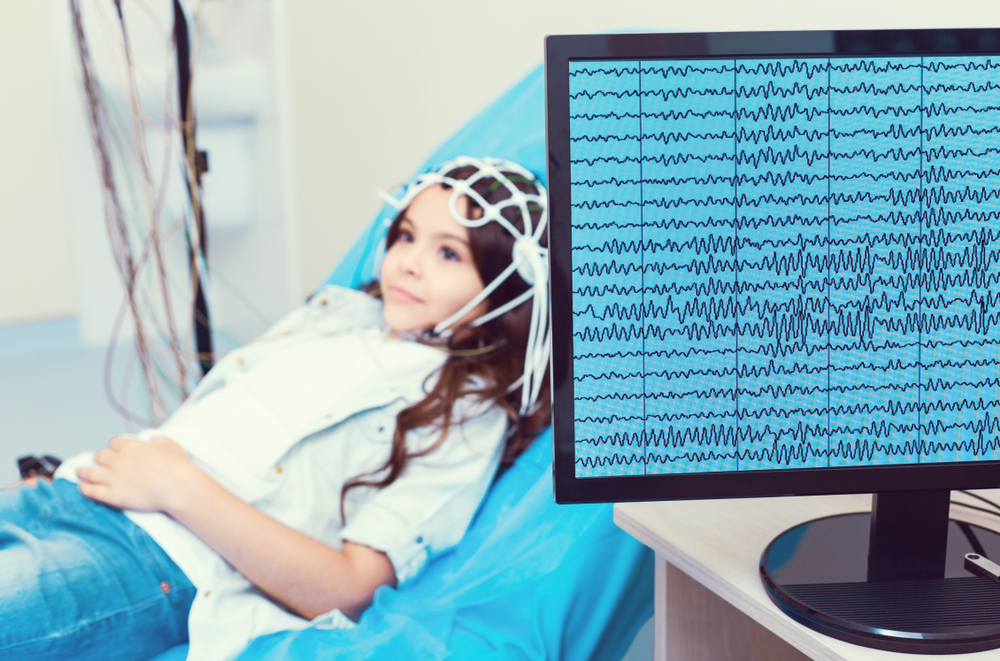
Mechanism of the circadian clock
The best-studied rhythm of the human body is the circadian, which spans approximately 24 hours. At the heart of this "clock" is the suprachiasmatic nucleus (SCN), a part of the brain in the hypothalamus that lies just above the junction of our optic nerves. Via light/dark information from the retina, various genes are expressed or inhibited in the SCN in an interplay - the genes are thus "active" or "inactive". These genes then in turn activate or inhibit many other processes in our body, such as sleep, digestion, hormone balance and much more. More than half of the genes are subject to these circadian oscillations in at least one tissue or organ.
Stem cell regulation
As the central clockwork of the body, the circadian clock influences a great many processes that run rhythmically - for example, blood formation, the cycle of hair and skin formation, neurogenesis and bone formation. In these processes, tissue is rebuilt from stem cells. When the stem cells differentiate into the specialized cells, there is always a certain risk of mutations and DNA damage due to increased cell division.
As we all know from sunburns and the resulting increased risk of skin cancer, sunlight damages our cells. Therefore, there is a mechanism under the influence of the circadian clock that causes differentiation (i.e. the emergence of specialised cells) to take place preferentially at night. This minimises the risk of damage caused by sunlight.
Function of the mitochondria
Mitochondria - they are known as "the powerhouse of the cell" because they produce the energy for our body. Depending on how much energy is needed at the moment, mitochondria can fuse or divide into several power plants. More mitochondria can produce more energy for the body. Throughout the day, we need different amounts of energy, so we also need different numbers of mitochondria. So it only makes sense that the energy production is also controlled by the time control center of our body. The number of mitochondria or their division or fusion is also regulated by the mechanisms of the circadian clock.
Microbiota
It is now known that the intestinal flora (microbiota) strongly influences the state of health. An unbalanced and disturbed microbiome (dysbiosis) promotes an imbalance in the body and can be the cause of various diseases. Researchers have found that the composition of the microbiome is also subject to diurnal fluctuations. Adjusting this composition to other fluctuating processes in our body is therefore important so that all the gears can mesh correctly. Frequently changing meal times can have an effect on the gut flora and thus on the overall rhythm. Conversely, the rhythm of the body has an impact on how well our digestion and microbiome can handle food.
" Here you can learn more about the fountain of youth in the gut.
In harmony with the oscillation
So be it sleep or our mealtimes: A constant rhythm in life and our activities significantly promotes the continuity of physiological processes and thus our health. So it is not surprising and nothing new that shift work, frequent changes between different time zones, jet lag and changing meal times throw our bodies off concept and rhythm in different ways.
Literature:
López-Otín, Carlos, and Guido Kroemer. "Hallmarks of health." Cell 184.1 (2021): 33-63. https://pubmed.ncbi.nlm.nih.gov/33340459/
Images:
The images were acquired under licence from Shutterstock or Canva and marked accordingly.



